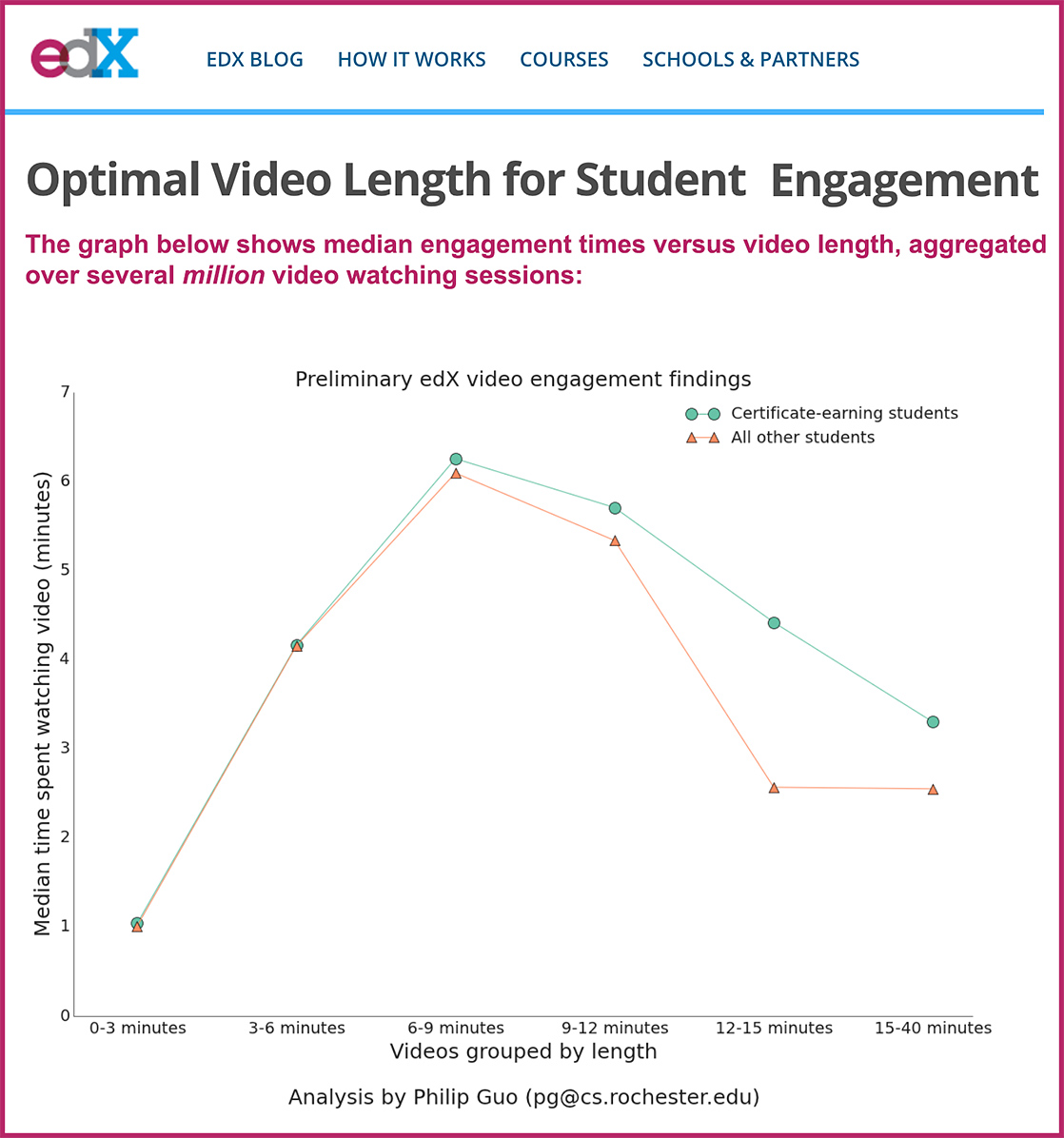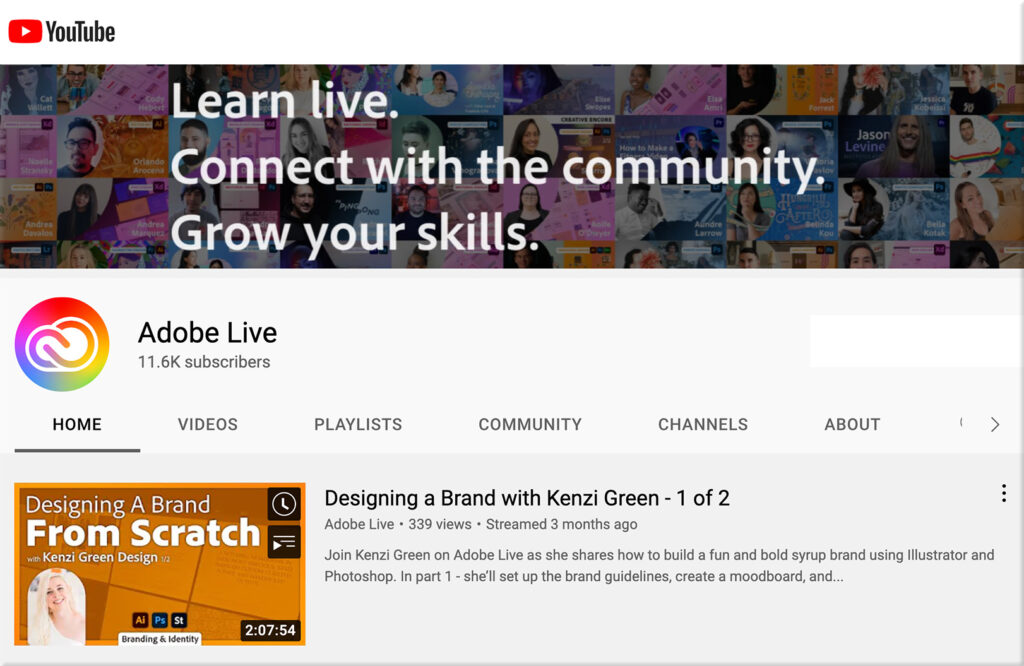It’s time to modernize workplace development programs — from chieflearningofficer.com by Jason Mundy
Excerpts:
So, what exactly do employers need to do to improve L&D? Incorporate individualized microlearning into workforce development.
…
Microlearning-based L&D is used to solve key business objectives and is useful for many types of employee education, such as compliance training, on-the-job skills and administrative responsibilities. Microlearning programs can be tailored to individuals and administered in a way that is not disruptive to employees. Through modern microlearning solutions, it’s also possible to implement scenario-based learning and gamification, both of which increase employee engagement.
From DSC:
After reading this article, some questions come to my mind:
- Who decides what’s next on the training regime for an employee?
- Is it a team of people doing that for each position? The employee, the supervisor, two levels up supervisor(s), L&D, other?
- And/or is it tapping into streams of content created by former people who have done that exact job?

- For each position, is it possible to capture a knowledgebase containing which topics, learning modules/courses, blogs, websites, people to follow on social media, or other resources?
- Is there a community of practice for each position?
- How and who keeps these knowledgebases pruned and up-to-date?
Hmmm…thanks for letting me think out loud with you.














![The Living [Class] Room -- by Daniel Christian -- July 2012 -- a second device used in conjunction with a Smart/Connected TV](http://danielschristian.com/learning-ecosystems/wp-content/uploads/2012/07/The-Living-Class-Room-Daniel-S-Christian-July-2012.jpg)
